“Play-based activities and child-centric learning are critical to the success of the Second Chance program and to the program’s ability to cover three years of curriculum in just ten months.” – Caitlin Baron
To address the challenge of out-of-school children around the world (263 million according to recent studies), as well as children who are in school but not achieving, an accelerated Second Chance program also known as the Speed School program condenses three years of basic education into 10 months so that children can re-enter local village schools by 4th grade.
The Speed School program has brought over 100,000 children back to school over the last six years across Ethiopia and Liberia.
Caitlin Baron, CEO of The Luminos Fund, which created and manages the program, says their success stems from the use of a “play-based, child-centric pedagogy in under-resourced contexts,” complimented with an accelerated curriculum and supported by “parental engagement groups; self-help groups and conditional cash transfers that mobilize the community; and capacity-building trainings with partner government schools.” All combined, these ingredients ensure students flourish in school over the long-term.
How do they do it and what life skills are they focused on? The Global Search for Education is pleased to welcome Caitlin Baron to talk about learning, learners and preparing youth for their future.
“Learning facilitators guide students through the material, but students really drive the learning in the classroom.” – Caitlin Baron
Caitlin, what sets the Speed School model apart from other education initiatives?
What differentiates the Speed School model from other accelerated learning programs is our exceptional results for children and proven track record as a program operating at scale. Research conducted by the University of Sussex demonstrates that the graduates of this program perform better, are more motivated to learn, attend school more regularly than their peers, and have higher comprehension and aptitude levels.
Let’s talk methodology – how do you compress three years of curriculum into 10 months?
Evaluations conducted by the University of Sussex Centre for International Education tell us that play-based activities and child-centric learning are critical to the success of the Second Chance program and to the program’s ability to cover three years of curriculum in just ten months. We select youth from the community with at least a grade 10 education to undergo rigorous facilitator training where they learn to present core concepts through a variety of play-based methods—singing, role playing, and crafts—and to make lessons relevant to children by grounding them in the local context. The Second Chance pedagogy devotes much more time to literacy than a conventional classroom, emphasizing the mechanics of reading and writing in tandem with meaning, and combining learning of mother tongue with that of the official language. Students often engage in peer-to-peer learning in groups of five where they can learn much more than if the teacher simply lectured at the front of the classroom.
The accelerated learning component of the program is supported by two interventions: parental engagement groups and capacity building of partner government schools. Parental engagement groups build a community in which parents participate in their children’s education by mobilizing immediate and long-term support for keeping children in school and succeeding. In monthly meetings, parents identify the barriers to education within their community—including social norms, economic constraints, and safety concerns—and organically devise solutions to those barriers. Financial support through self-help groups and conditional cash transfers further ensures the transition of students into government schools. Capacity-building efforts for partner schools include training of primary school staff in our pedagogy and in how to integrate child-friendly and inclusive practices into their own classrooms. This exposure ensures support for Second Chance graduates as they transition into formal schools and elevates the overall quality of learning that happens there.
“Education innovation and education for the masses do not need to be separate conversations.” – Caitlin Baron
What do you believe are the most important life skills your students gain in this program?
The Centre for International Education at the University of Sussex describes Second Chance classrooms as places where children not only become functionally literate and numerate but also ‘learn how to learn’, a quality which serves them well once they transition back into relatively under-resourced government schools and into life.
We all learn differently – in different ways and at different speeds. How does your model accommodate different kinds of learners?
Many of our students come from poor and illiterate families, having had their education disrupted or having never been to school. They are often considered by the community—including teachers—to be among the least educable children. The Speed School pedagogy is changing that perception. With an iterative curriculum that presents concepts through a variety of play-based, engaging methods—including singing, drawing, and dancing—students with different learning styles can fully grasp the material. Each day begins with a review of the previous day’s material so students have a chance to practice each concept repeatedly. In an evaluation of the program, researchers found that “the teachers…seemed convinced that all the children could and would learn what was necessary to succeed within the curriculum. It is clear that the Program in its training had been successful in getting teachers and students to re-conceptualize who can learn and why.”
How much of the learning is driven by the students vs. the teachers?
Learning facilitators guide students through the material, but students really drive the learning in the classroom. Small class sizes allow teachers to individualize instruction to ensure every student grasps concepts, and many lessons are re-enforced through peer-to-peer learning. Feedback loops are critical to the program; frequent assessments allow the teacher to adjust the pace of the class to meet the learning needs of his or her students.
“Most of the unique challenges we face are at the individual program level.” – Caitlin Baron
Do you have much interaction with teachers and students around the world? Do you believe this is beneficial? What can others learn from your model?
One of the key lessons we have learned from the program that we share with other education professionals is that education innovation and education for the masses do not need to be separate conversations. For too long, the discourse of global education has been divided into two, separate conversations. On the one side, the innovation conversation – new models of individualized instruction, adaptive learning. This is the conversation we hear in the Silicon Valleys, Silicon Savannahs, Silicon Wadis, etc. of the world. And on the other side, is the universalization conversation – the need to find a way to reach the 250 million children in the poorest corners of the world who still fail to learn to read and write. We believe some of the most breakthrough innovations in education can occur at the outer reaches for the formal education system; and, indeed, that true breakthroughs are most likely to come from the margins, the periphery of the global system, where there is both the room to try new things and the imperative to do so. It is time for these two conversations to become one.
What do you see as your greatest challenges moving forward?
From the start, we have had to make the right early hires, put sound management systems in place, and diversify our funding base. In our first two years, we have made good progress across the range of organizational development priorities before us. Most of the unique challenges we face are at the individual program level. In Liberia, for example, because of the exceptionally weak school system, we must work much harder to ensure our children transition back to school and persist after completing our program.
Thank you Caitlin.
All photos are credited to Lloyd Massah and Rosie Hallam.
Caitlin Baron and C. M. Rubin
Join me and globally renowned thought leaders including Sir Michael Barber (UK), Dr. Michael Block (U.S.), Dr. Leon Botstein (U.S.), Professor Clay Christensen (U.S.), Dr. Linda Darling-Hammond (U.S.), Dr. MadhavChavan (India), Charles Fadel (U.S.), Professor Michael Fullan (Canada), Professor Howard Gardner (U.S.), Professor Andy Hargreaves (U.S.), Professor Yvonne Hellman (The Netherlands), Professor Kristin Helstad (Norway), Jean Hendrickson (U.S.), Professor Rose Hipkins (New Zealand), Professor Cornelia Hoogland (Canada), Honourable Jeff Johnson (Canada), Mme. Chantal Kaufmann (Belgium), Dr. EijaKauppinen (Finland), State Secretary TapioKosunen (Finland), Professor Dominique Lafontaine (Belgium), Professor Hugh Lauder (UK), Lord Ken Macdonald (UK), Professor Geoff Masters (Australia), Professor Barry McGaw (Australia), Shiv Nadar (India), Professor R. Natarajan (India), Dr. Pak Tee Ng (Singapore), Dr. Denise Pope (US), Sridhar Rajagopalan (India), Dr. Diane Ravitch (U.S.), Richard Wilson Riley (U.S.), Sir Ken Robinson (UK), Professor Pasi Sahlberg (Finland), Professor Manabu Sato (Japan), Andreas Schleicher (PISA, OECD), Dr. Anthony Seldon (UK), Dr. David Shaffer (U.S.), Dr. Kirsten Sivesind (Norway), Chancellor Stephen Spahn (U.S.), Yves Theze (LyceeFrancais U.S.), Professor Charles Ungerleider (Canada), Professor Tony Wagner (U.S.), Sir David Watson (UK), Professor Dylan Wiliam (UK), Dr. Mark Wormald (UK), Professor Theo Wubbels (The Netherlands), Professor Michael Young (UK), and Professor Minxuan Zhang (China) as they explore the big picture education questions that all nations face today.
The Global Search for Education Community Page
C. M. Rubin is the author of two widely read online series for which she received a 2011 Upton Sinclair award, “The Global Search for Education” and “How Will We Read?” She is also the author of three bestselling books, including The Real Alice in Wonderland, is the publisher of CMRubinWorld and is a Disruptor Foundation Fellow.
Follow C. M. Rubin on Twitter: www.twitter.com/@cmrubinworld

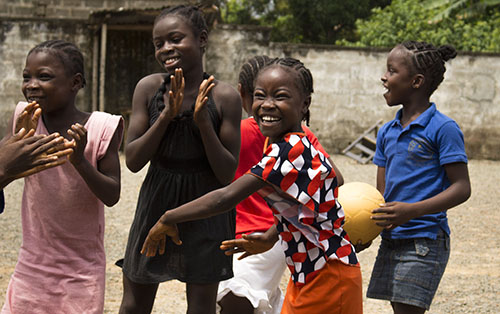
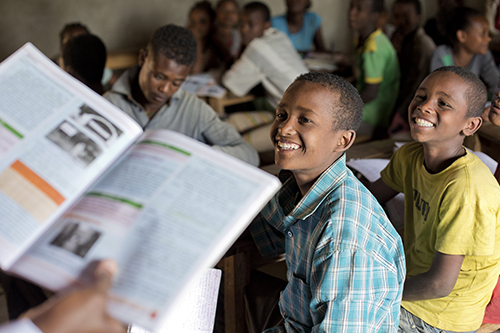

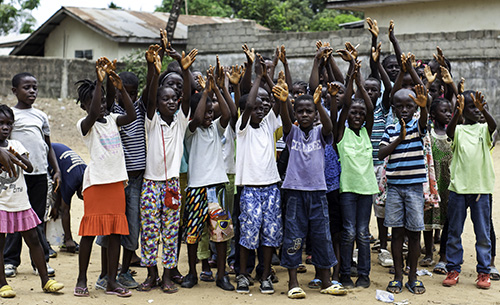
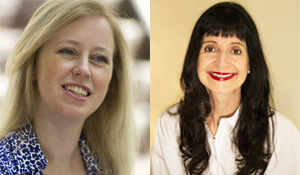
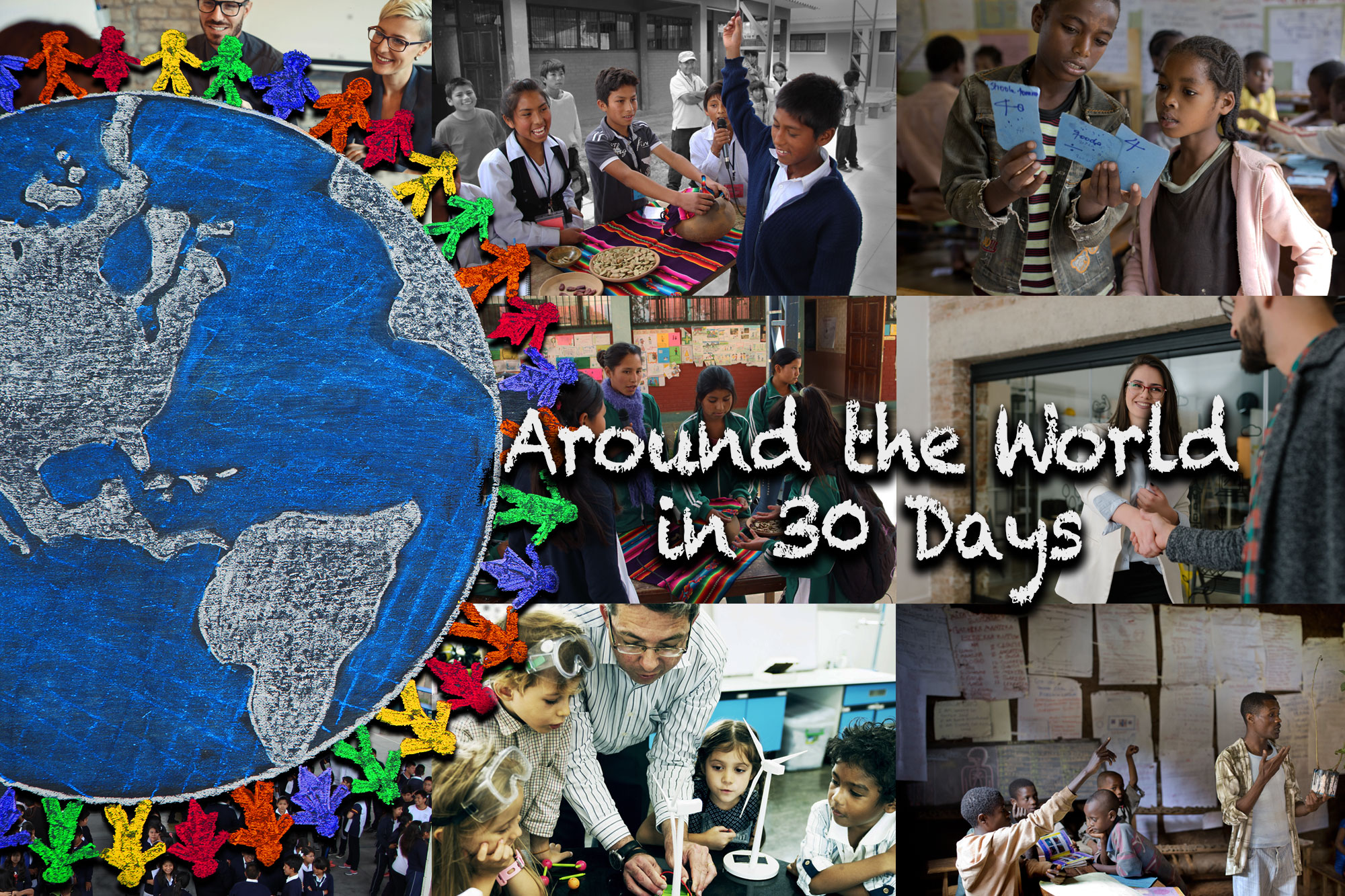
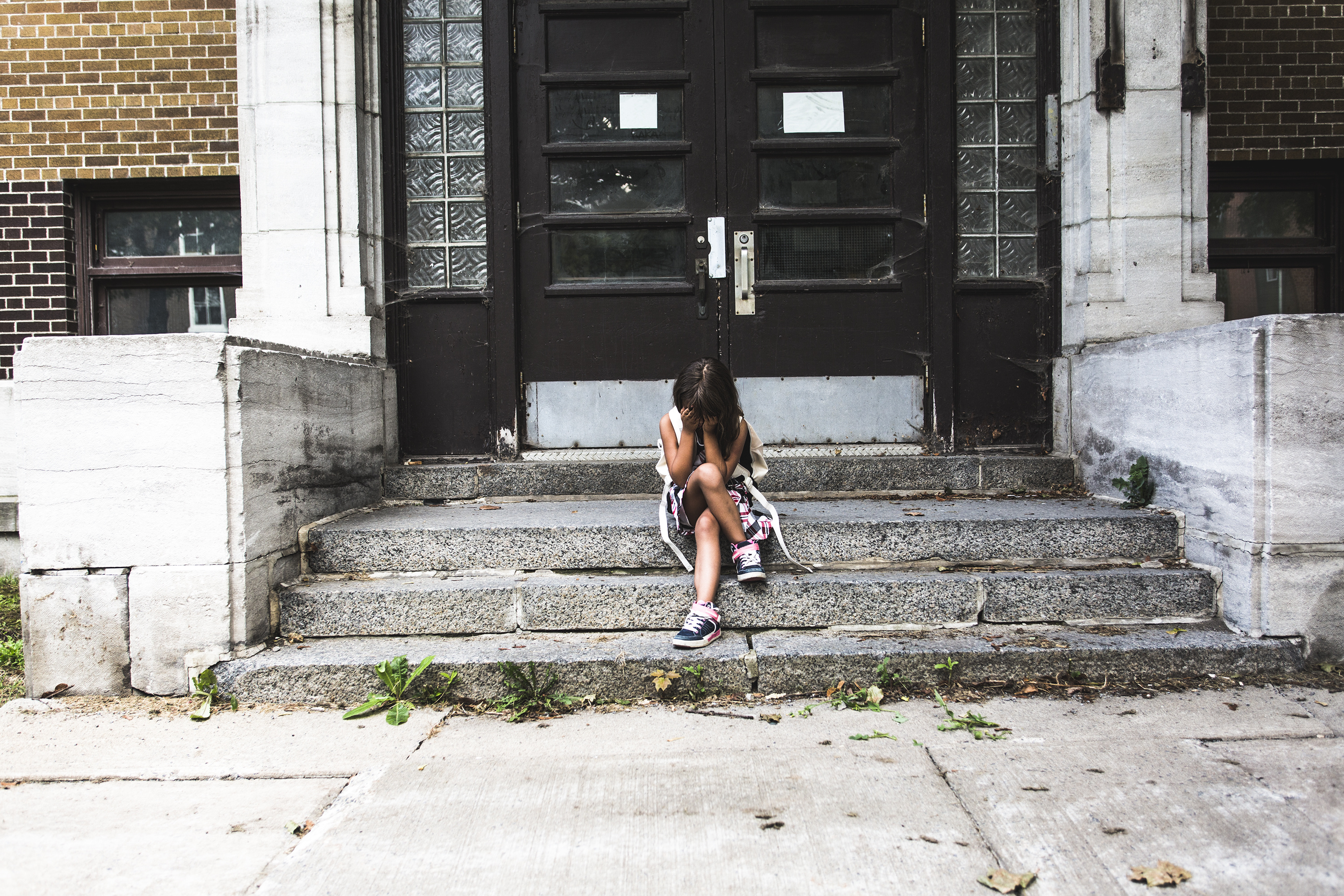
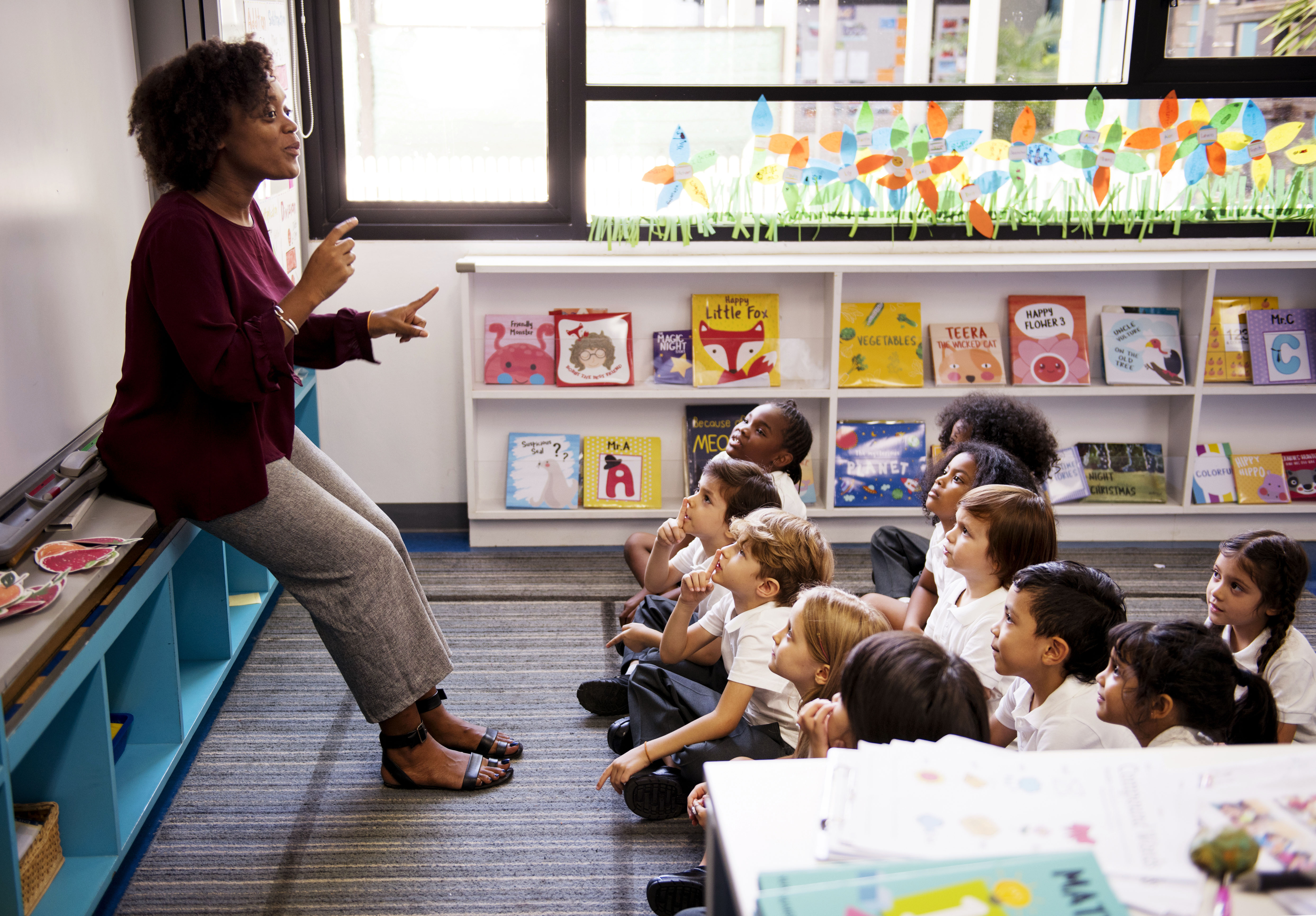
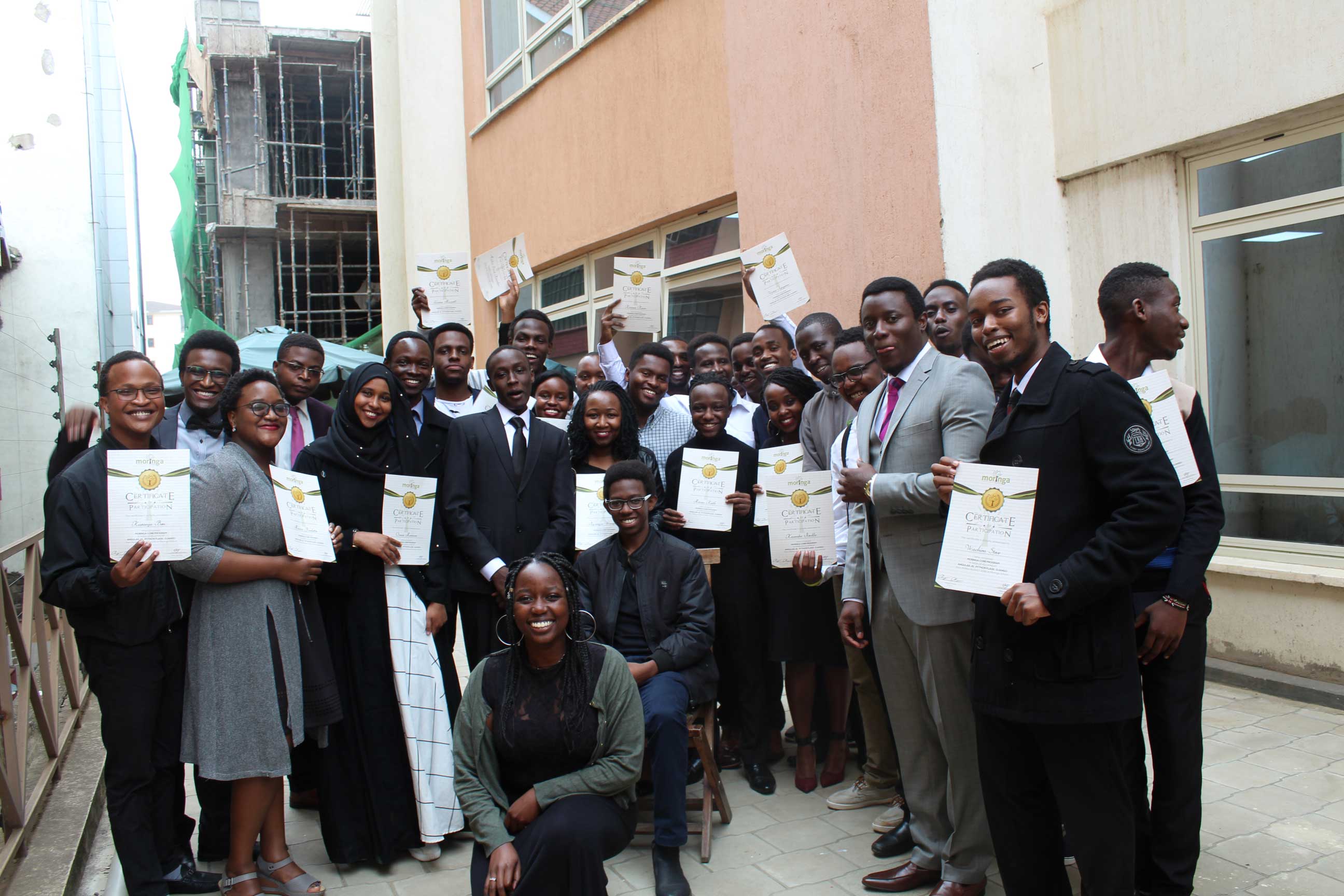
Recent Comments